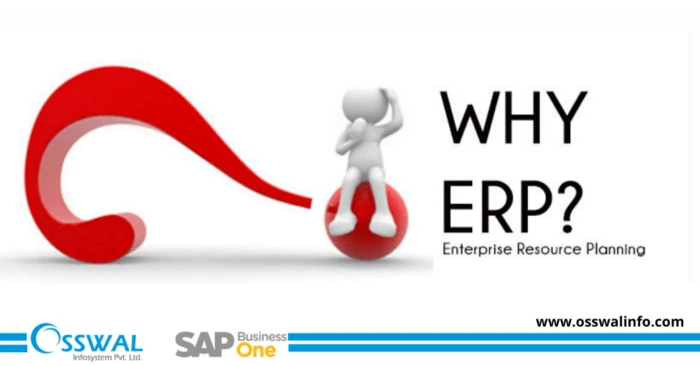Business Management with ERP Software Systematic ERP software can integrate all internal communication channels with business functions to maximize operational efficiency. Implementing a new management system can seem daunting, but when it comes to the growth and speed of your company, change should be considered a necessity. For example, performing departmental reorganization activities in your […]
Made Easy Your Business Management with ERP Software Read More »










